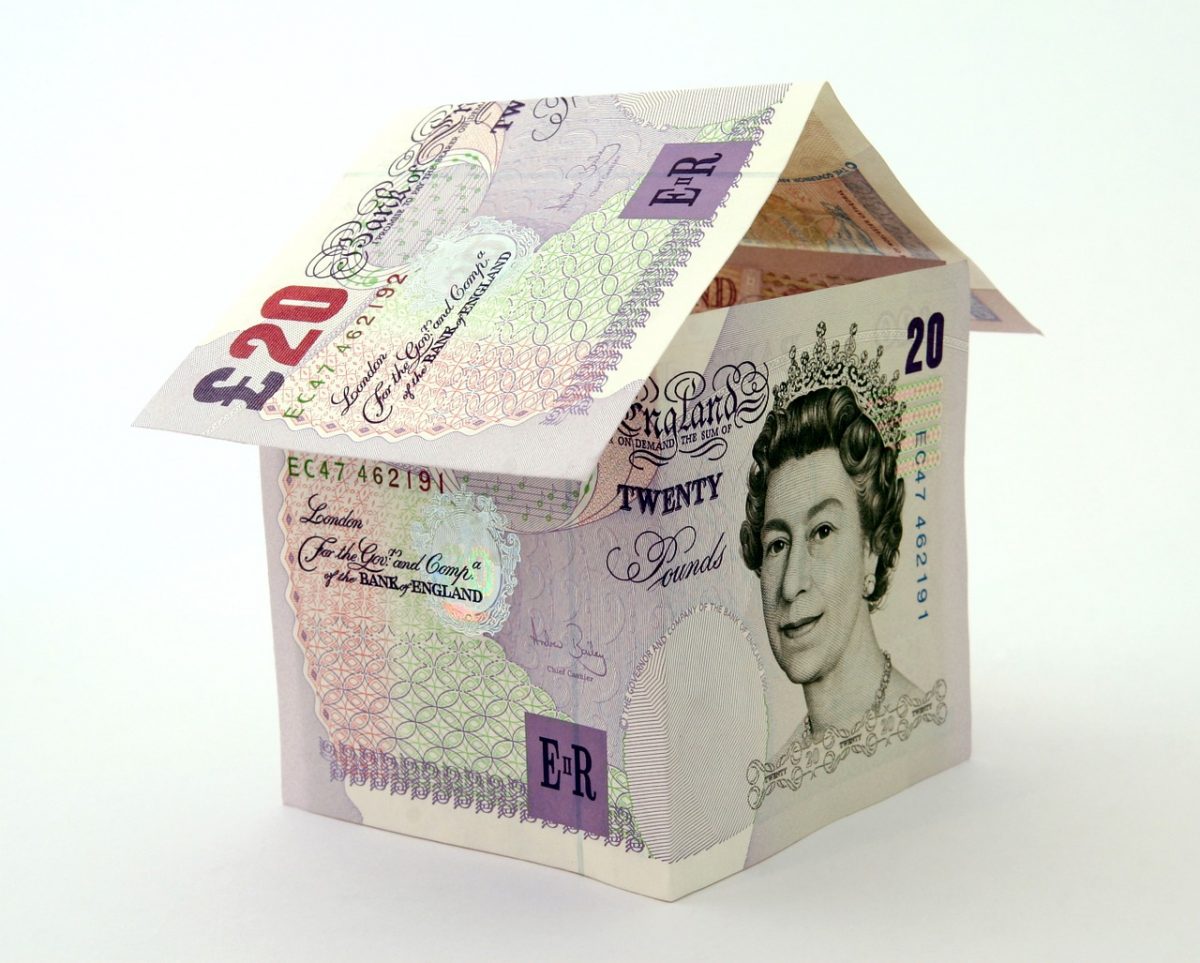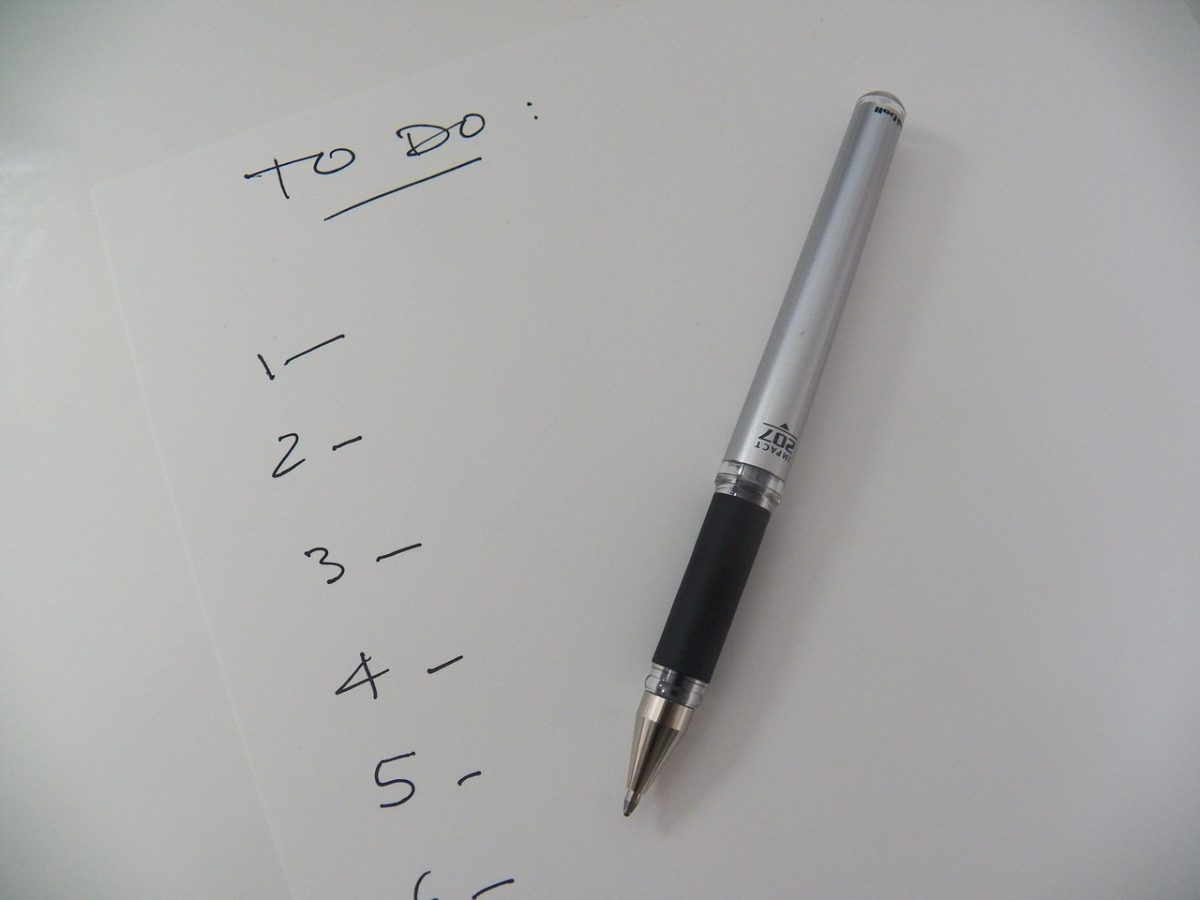Mention VAT and most people either panic or switch off!!
But small businesses can use a special scheme called the Flat Rate scheme which takes a lot of the hard work out of VAT and gives small businesses a cash flow advantage. Got your attention back? Good!
Normally when you register for VAT you calculate the vat you charge on your sales, deduct the vat you have been charged on your purchases and pay over the difference to HMRC once a quarter.
Under the flat rate scheme, when you register you are given a percentage based on your industry sector (https://www.gov.uk/vat-flat-rate-scheme/how-much-you-pay).
This is then how the scheme works:
You invoice your client as normal say £1000, plus VAT of 20% making a total of £1200.
You then ignore any purchases that you have made in the period, and just calculate vat based on your gross sales at your percentage. As an accountant, my percentage is 14.5% so 14.5% of £1200 = £174
I have therefore got in £200 in vat from my customer and only paid out £174.
The scheme is only advantageous if you have business where you don’t buy in a lot of items with VAT on – ie if your main cost is time!
To be eligible to join the scheme, your net turnover must be under £150,000. If you have just registered for VAT then you get an initial year discount of 1% as well, adding to your cashflow advantage for 12 months.
Although under the scheme, you don’t reclaim the vat on purchases used in the business, if you invest in capital items (computers etc) and the vat-inclusive cost of a single purchase is over £2,000 – then you are allowed to claim back the VAT.
So although you do still need to complete quarterly returns, the flat rate scheme is a much simplified scheme and one most small businesses should definitely consider if thinking about / or having to register for VAT.
For more information please contact Rosie Forsyth at Wilkins & Co.










